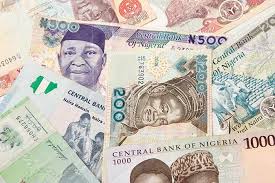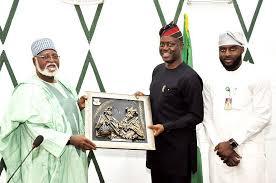Naira
-
The Nigerian Economy and Governance
- By solomon2day
- On 26/11/2018
- In Solomon's Column
Nigerians are proud to live in a country with a land area of923,773km 2, with varied vegetation and types of soil, suitable for various agricultural purposes.
In 1960 and the years following, up till the early 1970s, Nigeria's economy was between the agricultural friendly ''grassroots'' and the ''white collar'' city oriented centre. All that had to do with the production of goods were concentrated in the city, while a large percentage of Nigerians resided in the villages, with farming as their major occupation. The villages, then, lacked major amenities of life.
Governance during this period, was with a chain of challenges. Then, most of the earnings from export were from agriculture, while 65 % of Gross Domestic Product(GDP) also came from the sector. Nearly 50 % of Government revenue in 1960 could be traced to agriculture.
Today, as in the 60s, the provision of quantitative and qualitative education, quality health care delivery and the absence of social and economic infrastructure, are just a few in the long list of challenges that confronts Government.
In 1973, when crude oil emerged as the mainstay of the economy, government took a ''nap'', having noticed the 'light at the end of the tunnel '.
That 'nap', was at great cost, as can be seen in the unfolding events of the present time. In 1980, crude oil constituted 81.1% of Government revenue and 96.1% of export earnings.
Indeed, the growth of the economy was tied to projected earnings from crude oil exports, this was despite the fact that signs had began to manifest on the imminent collapse of crude oil prices in the international market.
With fiscal and current account deficits, occasioned by falling crude oil prices, resulting in internal and external imbalance, the only option open to Government is to borrow from international financial institutions.










